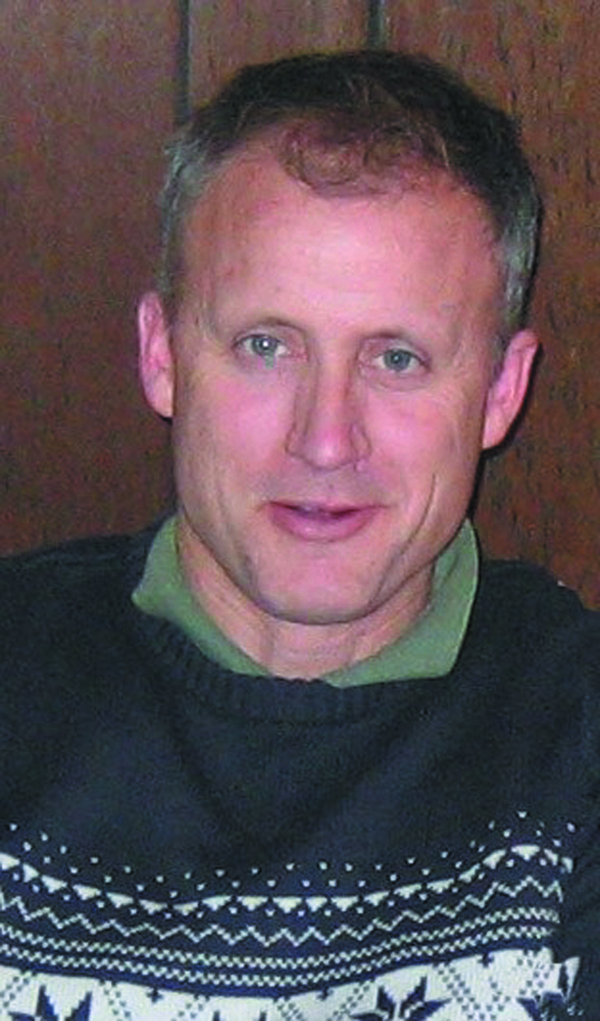Mark Knowles, PGA
Head Golf Professional
Gold Mountain Golf Club
The University of Washington golf team is currently ranked No. 5 in the country. The Huskies have been one of the top programs for the past 10 years, and part of the reason they are very successful is how they practice.
Matt Thurman, Husky head coach, has developed a short game practice routine for his players that emphasize scoring. He shared some of his “secrets” when I was helping the University of Washington staff with a short game clinic for some boosters of the golf program.
I learned from him a few things that may help your golf game.
Thurman has carefully designed the practice area in three different arenas: putting, chipping and pitching. Within those areas, the coach broke each area down further.
Pitching has stations of 50, 75, and 90-yard shots, while the chipping area has stations for bump and run; up and down hills, flop shots and other varieties of green-side shots.
In all the stations, you can only hit three shots. Then you go and retrieve your balls, making a mental note of your distances from the hole, and then go off to the next station.
Players might be really strong from 90 yards, but unable to hit 50- yard pitch shots the correct distance.
After a few rotations, it was very obvious who was more comfortable from what distances or who was more competent hitting a flop shot versus a bump and run.
For some players it was just using a 9-iron versus a sand wedge, or vice versa. The mechanics were good, but simply trying to use the wrong tool for the shot.
Inside of one-half hour of rotations, the participants knew where their short game needed more work.
During the tour of the putting green, which focused on alignment, distance control and a putting course, the Husky coach had a line at two feet, three feet, four, six and 10 feet with a number on the line.
The number represented the percentage of putts from each distance that tour players make. The best golfers in the world playing the best conditioned greens in the world make 92 percent of their putts from two feet, make 81 percent from three feet, 73 percent from four feet and only 50 percent from six feet.
These statistics were astonishing to me. The best players in the world miss three footers 27 percent of the time and they miss two footers eight percent of the time.
What percentage should you make?
How much more practice time do tour players spend near the hole than you and me?
A lot.
In golf, and especially collegiate golf, counting five scores per round, if you chip the ball to six feet versus four feet, or four feet instead of two feet, you will shoot a higher score.
The percentages can work for you or against you. You and I may be trying to get the ball on the green from 60 yards, but if you want to shoot low scores, your approach needs to be within six feet.
If you want to hit it farther and straighter, go the driving range. But if you want to lower your scores, practice getting the ball within two feet of the hole.
If you can’t make two-foot putts, find a group that likes gimmies.
Play Hard.

